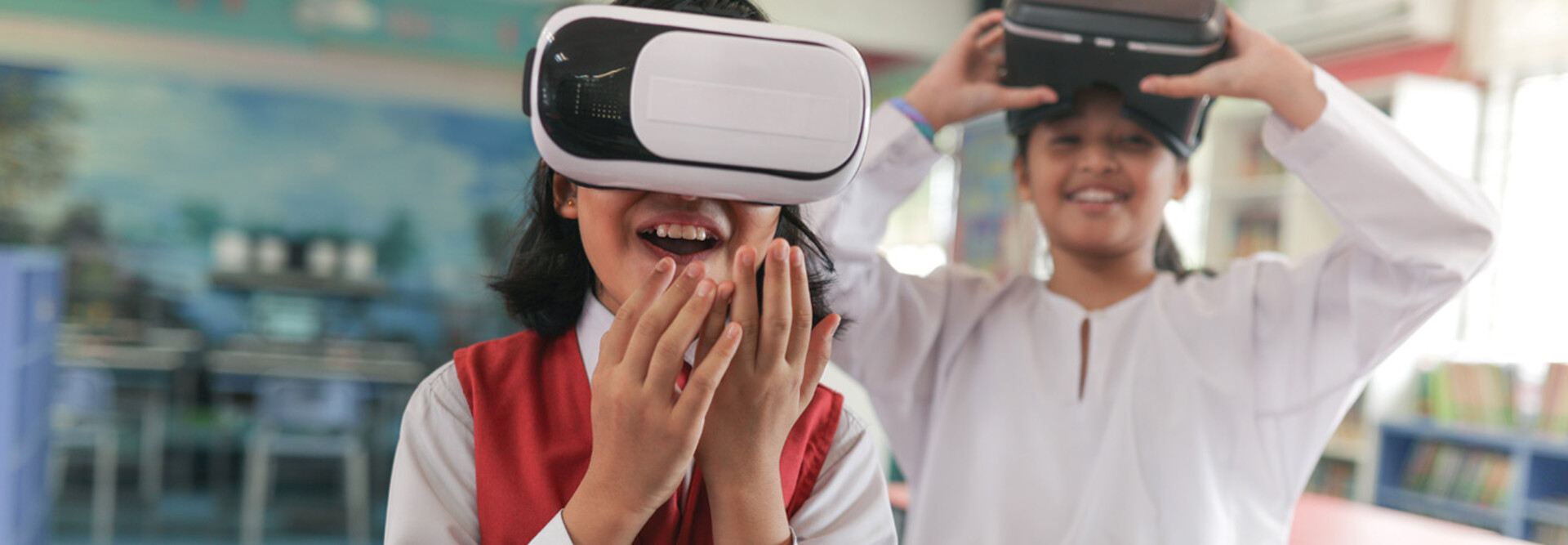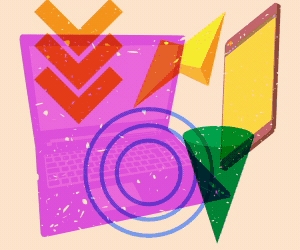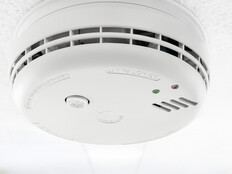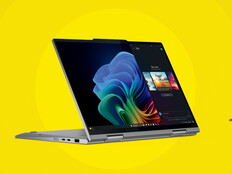Bringing XR to more K–12 classrooms will advance the technology’s benefits for staff and students. Here’s how it is furthering equitable opportunities and how partnerships can lead the way to its strategic implementation.
Hands-On Learning Without Added Costs or Distractions
XR allows students to experience once-impossible things, but it also has upsides for school budgets and teachers.
For example, VR shouldn’t completely replace every hands-on science lab activity; however, it can help students practice or repeat lessons. This saves schools money on materials, eliminates cleanup time, and reduces wear and tear on lab equipment.
The tech also gives teachers more visibility and more power to engage students.
With many of today’s educational VR solutions, teachers can monitor what students are doing in virtual environments. This allows them to guide student learning, course-correct mistakes and step in to assist when necessary.
VR headsets also engage students more readily than traditional lectures. These tools gamify learning experiences — and 85% of U.S. teens today play video games. Bringing similar experiences to the learning environment helps capture and keep students’ attention. This is especially crucial at a time when 72% of high school teachers say cellphones are a major distraction for students in their classrooms.
FIND OUT: Are cellphone policies working in today’s K–12 schools?
Creating Equity Through Assistive Tech Benefits and CTE
More than shiny new toys for K–12 classrooms, XR tools level the playing field for today’s students. Schools can tap into XR’s assistive tech capabilities for neurodivergent students or those with learning disabilities and give learners a leg up in career and technical education classes, effectively preparing them with workforce skills earlier than ever.
With more options to personalize lessons and content delivery, VR headsets are a great way to assist some learners with Individualized Education Program plans or neurodivergent tendencies. Students who find social interactions or verbal communication challenging, for example, may find it easier to work with educators in a VR setting. In other instances, customized curriculum and artificial intelligence (AI) tutors may best serve students.









![[title]Connect IT: Bridging the Gap Between Education and Technology](http://www.edtechmagazine.com/k12/sites/default/files/articles/2014/05/connectit.jpg)




